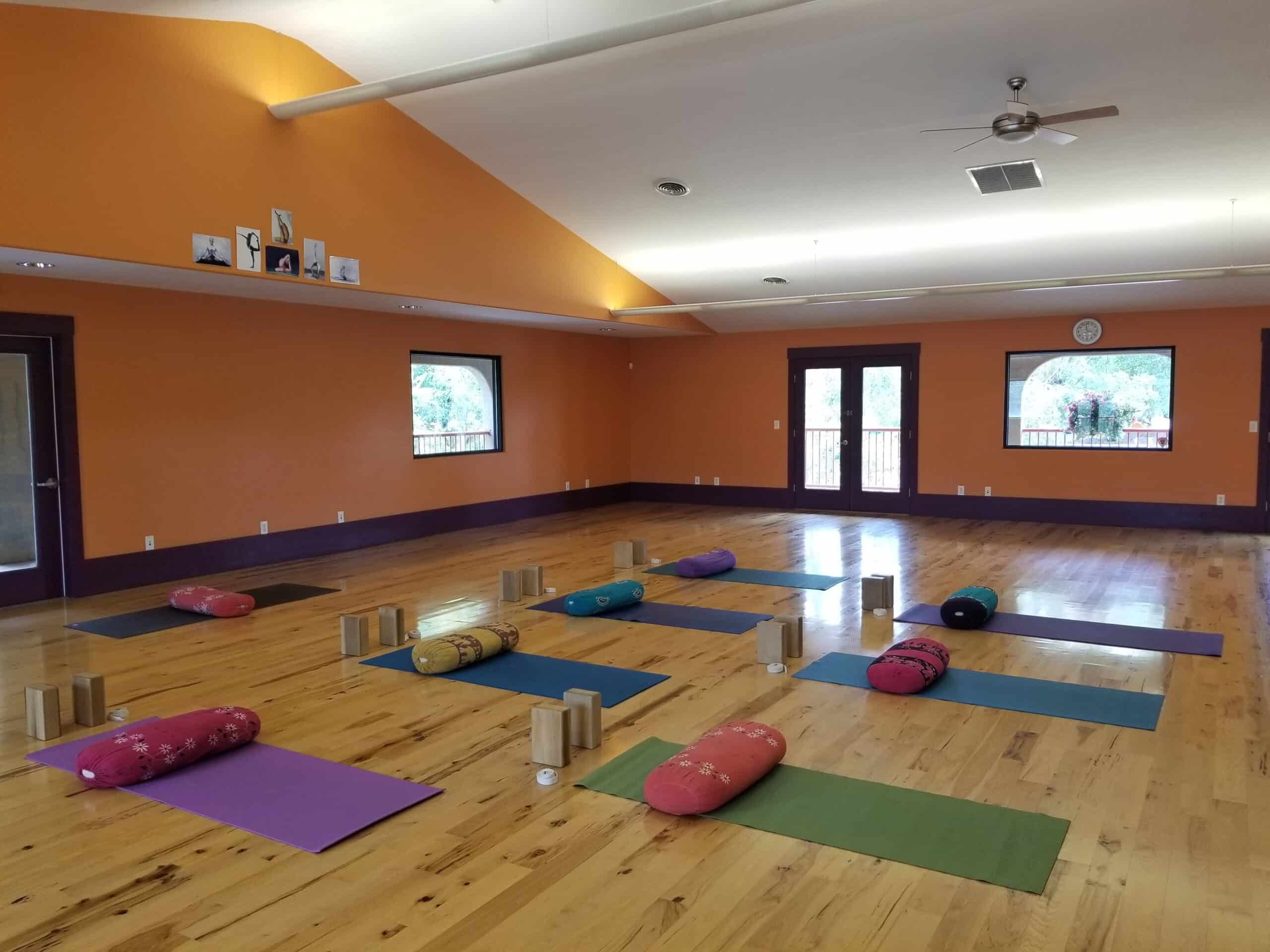Float To Explore Your Consciousness And Heal Your Body | By Marc Josef
Today like never before, our psyches and bodies are being overwhelmed by information and sensory overload. With each passing day, this constant stream coming from all directions is a real problem for many. Formerly called “Sensory deprivation tanks” are chambers that isolate the user from external chatter and are becoming increasingly popular for those seeking a way to disengage from this persistent overstimulation while enhancing their mental and physical well-being. What is a sensory deprivation tank you may ask?
As the name implies, the tank is a large enclosed, lightless and soundproof tub in which a person floats in a high-density saline bath removed from all external sensory stimuli.

Initially, the term “sensory deprivation” was not a reference to the early tanks but to the experiments by psychologists whose were expecting a “deprivation state” of subjects in isolated environments. No such states of “deprivation,” were found due to physical isolation, but unfortunately, the term stuck and as it turns out, not an accurate description for the tank.
While these tanks remove environmental stimuli, they enhance the attunement to the body’s senses while facilitating a broader awareness of the mind. In some way, perhaps these chambers should be relabeled as Sensory Enhancement Tanks or Floatation SETs (Sensory Enriching Tanks). The flotation industry now refers to these tanks as floatation (sometimes spelled flotation) therapy tanks, float tanks, or float pods.
While these tanks remove environmental stimuli, they enhance the attunement to the body’s senses while facilitating a broader awareness of the mind.
The idea of the floatation tank began in 1954 by American neurophysiologist Professor Dr. John C. Lilly. Interested in the origins of conscious activity within the brain, Dr. Lilly wanted to know if the brain needed external stimuli to keep its conscious states active.
“It is my firm belief that the experience of higher states of consciousness is necessary for the survival of the human species.”
To investigate activity in the brain and explore this question, he began devising a system that would restrict environmental stimulation as much as possible, providing a neutral setting for his research. Over time, he simplified and enhanced his system, and by the early 1970’s, he had perfected his “Isolation Tank,” and the design is mostly the same for modern day floatation tanks. Learn about Dr. Lilly and his experiments can at his website, http://www.johnclilly.com.
Today, modern sensory deprivation tanks are a safe space used as a form of alternative medicine based on the deep relaxation method known as “Restricted Environmental Stimulation Technique” or floatation R.E.S.T.
Eliminating environmental stimulation while allowing one to escape gravity, enables a more profound relaxation response permitting the user to enter into the hard to achieve Theta state. Before floatation therapy, the Theta state, for most, was almost impossible to experience without falling asleep. Theta waves are a very powerful brainwave governing the area of the mind between the conscious and the unconscious. Coming into this state is said to have inspirational and spiritual qualities and is believed to allow one to act below the level of the conscious mind.
Coming into this state is said to have inspirational and spiritual qualities and is believed to allow one to act below the level of the conscious mind.
Those suffering from injury, chronic pain, migraines, PMS, arthritis, hypertension or rheumatic conditions, most likely are not getting enough of this Theta state during regular sleep. Floatation R.E.S.T. enables the user to quickly enter and sustain the Theta state promoting health benefits and feeling like 4-8 hours of quality sleep. The elimination of gravity allows muscle and joints to release tension while the deep relaxation increases circulation while encouraging the body’s natural parasympathetic response for healing and regeneration, as well as, chemical and metabolic balance.
Floatation R.E.S.T. lacks scientific support with beneficial health effects remaining unproven. There is, however, ongoing research in the U.S. and Europe so one-day science may verify the positive outcomes reported by users worldwide.
Like other forms alternative medicine, meditation, acupuncture, rolfing and reiki, many find flotation therapy to have a positive impact on their lives. Some notable users include Olympic track and field athlete Carl Lewis, Nobel Prize-winning physicist Richard Feynman, NBA star Stephen Curry, and Stand-up comedian and podcaster Joe Rogan.
What To Expect
Enclosure, lack of air, falling asleep and drowning are some of the un-nerving thoughts and concerns many people have regarding this experience. Have no fear; you control the floatation session.
The door to the tank is very light and open and closes without difficulty. Once inside the sensory deprivation tank, get accustomed to the door by opening and closing it several times. If claustrophobia or darkness is an issue, you do not have to close the door; it can remain open or partially open.
Breath. Floatation tanks are not designed to be airtight. There is plenty of fresh air circulating from the room to the inside rear of the tank. Many enjoy lying with their head at that end.
Floating was never easier. It is impossible not to float. 800 pounds (363 kg) of medical-grade Epsom salts dissolved in 6-12 inches of sterile water makes a solution so dense it will support over 500 pounds (227 kg). Just lie back and float like a cork. The temperature of the saline solution is heated to the body temperature of 93.5° F (34.2°C) and filtered after every usage.
Float with your hands crossed on your chest, resting at your side, stretched out like a cross, or behind your head as float, especially if you’re experience tension in the neck. Just be careful not to get the salt water in your eye. It’s not a health risk, but it is an irritation for a few moments. If the tank has a place for a towel, keep one handy.
While floating your face is out of the water, but your ears will be underwater. Wear earplugs if you have ear problems.
Sleep like a baby. Sleeping in the tank is safe. The chance of rolling over is unlikely due to the density of the saline solution. If however, you manage to roll over, the salt solution in the eyes, mouth or nose will trigger the body’s natural reaction and will immediately wake you up.
One last item about the water. Because the water is a saline solution, recently shaved legs, cuts or scratches may sting for a few moments. It’s probably best to wait for open wounds to heal before using a tank.
Finally, before entering, make sure all metal jewelry, as well as contacts, are removed and you have showered. For those inclined, set an intention for your float.
When the session is up, a signal will sound, if missed, you’ll know by the moving water signaling the filtration system has begun cleaning the tank. Careful exiting, shower, breath, relax and enjoy the day.
 Marc Josef is a freelance writer based out of Boulder, Colorado. A yoga instructor, meditation coach, cannabis counselor and soon to be podcaster. You can find him wondering the flatirons or email him: marc.josef.co@gmail.com
Marc Josef is a freelance writer based out of Boulder, Colorado. A yoga instructor, meditation coach, cannabis counselor and soon to be podcaster. You can find him wondering the flatirons or email him: marc.josef.co@gmail.comEmbodying your purest essence becomes easier when you feel truly at home in your body. Your frame is [...]

Subscribe to Our Tribe
Stay up to date with Y+L News, Events and special announcements.










